K-State Traditions
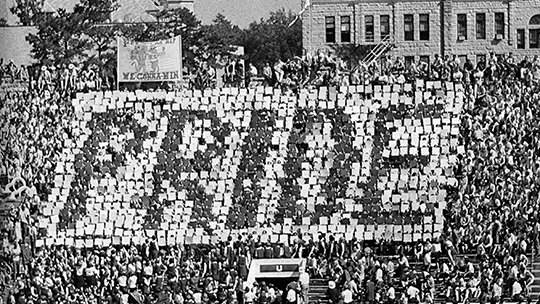
Yesterday's Traditions
From the shepherd's crook to football game flash cards, K-State has many treasured traditions from days past.
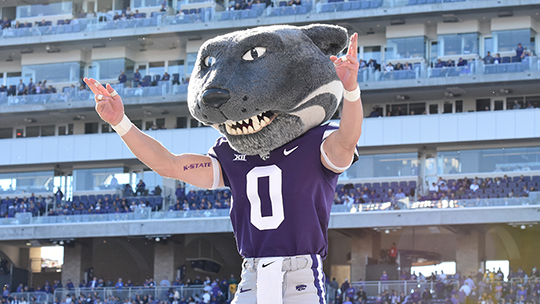
Today's Traditions
Learn more about K-Staters' favorite traditions today, including Call Hall ice cream, Homecoming and our favorite mascot – Willie the Wildcat!
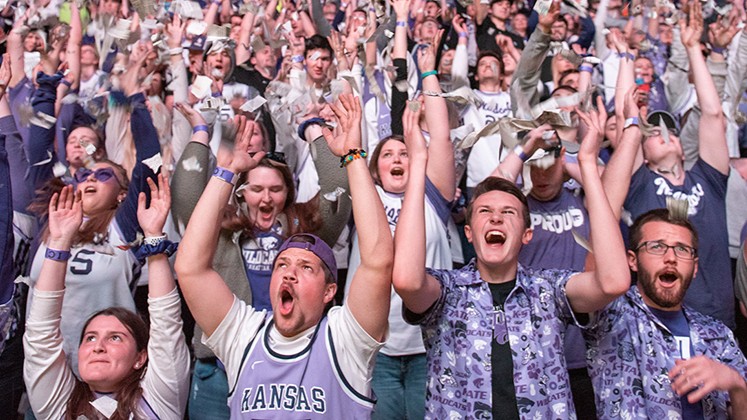
School Songs
Sing along with the Alma Mater and the K-State Fight Song.

K-State Purple
K-Staters all over the world use purple in their wardrobes, on everyday items, their vehicles and even in the food they eat. Explore more about the history of purple in this article from the spring 2019 issue of K-Stater magazine.
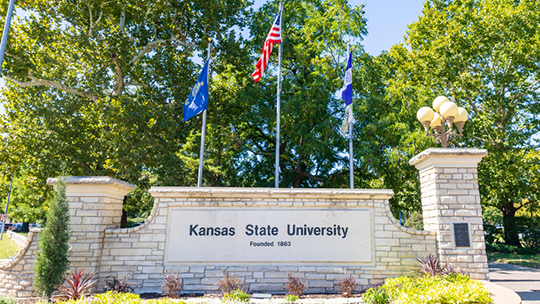
K-State Landmarks
These are some of the most recognizable landmarks on our campus, and the history behind them.
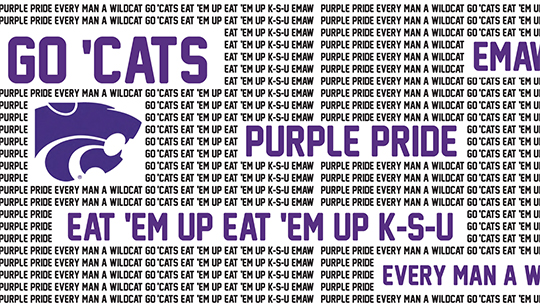
K-State Sayings
Kansas State University has several phrases and sayings that resonate with its students, alumni and friends. These words unite K-Staters in ways few other things can beyond perhaps the color purple. Learn more from this article, originally appearing in the winter 2019 issue of K-Stater magazine.
